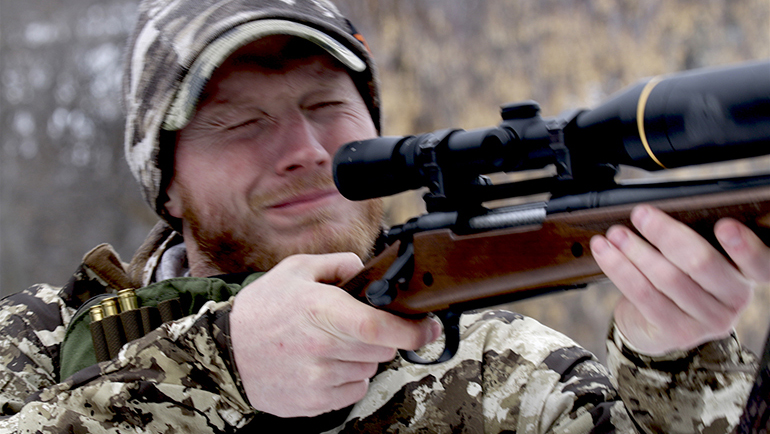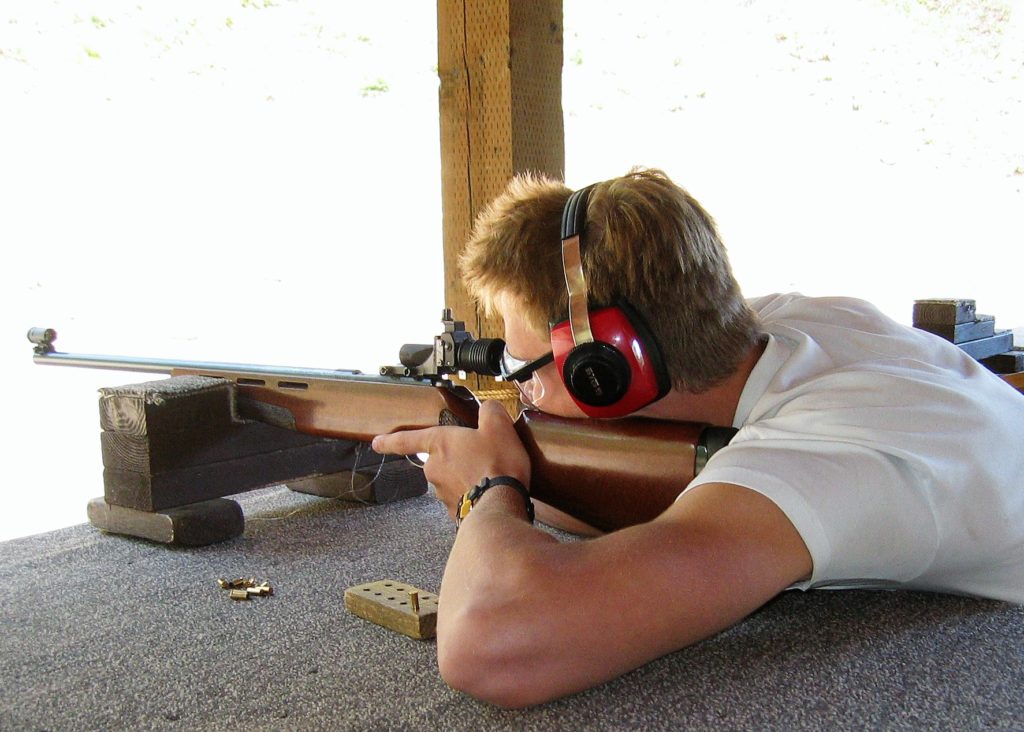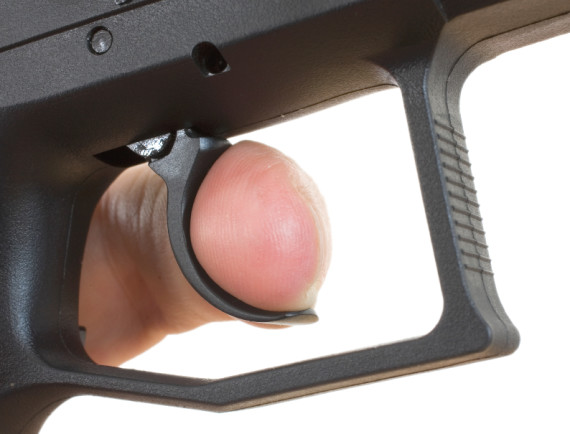27 Nov OFF TARGET!!!
After hours and days trying to fill your tag, the moment of truth finally arrives. You see the target, raise your weapon and BANG, you missed! What the heck?

First, you are not the first! Many hunters have had their “Missed Moments”! What is important, is to accept ownership and make this a learning moment. Hunters are human, and we must learn from our mistakes. Wasting this learning moment is a wasted opportunity to improve.
I have known some hunters that still have the original box of shells that they bought with their rifle. A few rounds went down range for a quick site in, and the rest were reserved for the hunt. Who knows if their rifle was dropped, kicked, or just out of adjustment?
Other marksmen spend hours on the bench. They try special loads, bullets, techniques, and fine tune their bench shooting skills. This proves that their rifles and guns are capable of great accuracy. Bench shooting and hunter shooting are two different beasts.

My friend Keith is the best shot I know. He is fine off the bench but better off hand! One morning a buck and a herd of does came across a powerline. Keith was in a chair, with a bench rail to shoot off. Instead of using a support, he stands up and places 2 rounds, from a semiauto 280 caliber, an inch apart, at a moving buck, at almost 300 yards! I helped drag that great buck.
Shooting is fun! Practice, with your hunting weapon year around. If you brag about the long-range shots that you have made, prove it. Shoot your rifle at 300-600 yards and see what your skills are. If you miss, practice.
Most misses come from negligence. You did not maintain the gun, or rifles accuracy. Flinching, bad position, improper trigger pull, hurrying the shot, or flicking the trigger are often the other reasons. Don’t blame everything else. Figure it out and learn a lesson.
FLINCHING Most hunters know they missed before they pulled the trigger. The same is true with an arrow. It just doesn’t feel right. Calm down and focus! A smooth trigger release is essential. The weapon should surprise you when it goes off. Flinches are usually a quick trigger jerk or squeeze. Lifting your head off the stock doesn’t help. Anticipating a recoil will also cause you to tighten up and flinch. To fix this, try dry firing. Use a spent cartridge in the chamber to support the firing pin. They make dummy rounds that you can use. Pull the trigger so much that it becomes natural and develops muscle memory. Keep both eyes open and relax.
When firing live ammunition, have a friend watch you shoot. Film the shots of you shooting, with your cellphone. Once you see it, you will believe it.
SHOOTING TOO FAST Once the crosshairs settle on the target, many shooters slap the trigger. You should take a full breath, release half, settle in and find the spot between your heartbeats. Now squeeze the trigger smoothly. Many shooters are so afraid of not getting the shot, they forget to breath. This is where muscle memory comes in. Its ok to be excited but focus on the moment and control the shot. If the shot does not feel right, don’t shoot! Dry firing makes this happen. A thousand trigger pulls are not too many. Precision shooting is a perishable skill, so practicing keeps you tuned in.
POOR POSITION Field shooting means that your entire body must be in position. There is no chair or bench. You need to embrace what you have. A proper stance allows for a balanced shot. Being steady must happen before you can shoot. Shooting freehand means using a nearby tree or a hasty sling support. If you are not comfortable, you will miss. Practice shooting afield in the off season. Use a BB, pellet gun, or a 22 rifle. The One best shot is a result of hundreds of practice shots. Shooting is shooting. It doesn’t matter what the weapon is. Practice makes perfect. Choose safe, backstopped targets and shoot standing, sitting, or… Situation awareness comes from practice and repetition. Plan your shots before you pull the trigger.
NOSE PICKING This means that you slapped the trigger. Once the shot went off, you moved your trigger finger forward. This will move the rifle before the round exits the barrel. Maintain your trigger squeeze well after the shot. Dry firing is the secret to breaking this bad habit. Focus on the bullet or arrow traveling to the target. Look for the outcome of the impact.
POOR TRIGGER CONTACT Use the center of your pad on your finger to address the trigger. Adding a trigger shoe will make this more comfortable and wider. My accuracy improved when I added a larger surface for my fat fingers to touch. Center finger pad pulled straight back. Simple, sweet, and perfect! Oh, and don’t forget to breath. Find that space between your breaths and heartbeats. The greater the range, the more important this is.

“One shot, one kill” means experience from many practice shots. I shoot a Ruger single shot 30-06 single shot rifle. I brag about how I only take 3 rounds afield, when I hunt. One for the critter, two if I must put them down, and a third for me if I miss the first two. Honestly, this does not count the hours of annual bench time. If you don’t take ownership of your misses, you will miss again.
Respect our wildlife with an accurate, quick, sporting harvest!
Montana Grant
For more Montana Grant, aim for him at www.montanagrantfishing.com.


